Learning styles questionnaire
Discover your preferred learning style with our free VAK Learning Styles Questionnaire
A learning style is a student’s preferred way to absorb and retain information. Every person is different, and as a result, so is their learning style – some may prefer to take notes, to listen to something back, or to take part in an activity.
To help students categorise which method of learning they find most effective, scientists have defined three different styles – Visual, Auditory, and Kinaesthetic (VAK). This way, people can find out which resources or materials are best suited to them, and hopefully become more productive in their studies as a result.

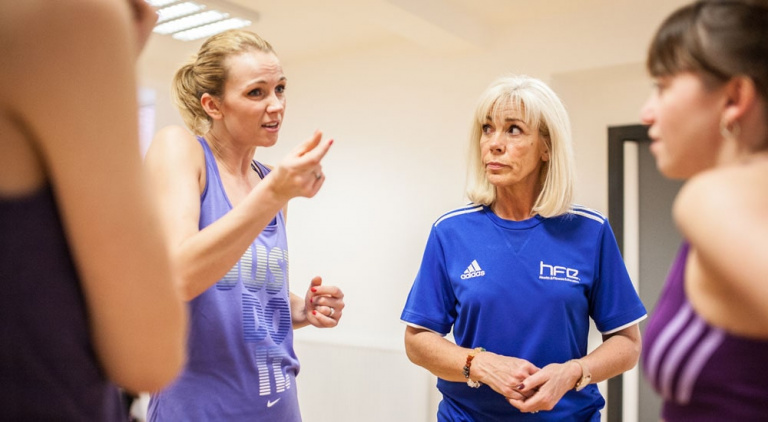
If you want to know your learning style, our carefully assembled VAK Learning Styles Questionnaire can give you the answers you need. Your responses to 30 questions will determine how much or how little each style works for you.
You can find the quiz below! Once you’re done and you have your answer, continue scrolling to discover more about learning styles and their benefits.
Which of the three categories did you fall into?
Visual learners relate best to what they can see. Whether it’s their notes, a diagram, or a picture, visual information is key to their learning. Our bespoke course manuals and award-winning online learning materials would be ideal for this person.
Observing things or other’s actions, such as watching a Personal Trainer perform an exercise before they try it themselves, is also often beneficiary. When in a classroom, it’s likely the case that this learner will find it easier to recall what the teacher wrote on the whiteboard rather than what they told them, for example. Given the amount of visuals in classrooms, they make an ideal setting for visual learners.
Characteristically, they can be very colour-orientated. They might use different coloured pens for different subjects in their revision notes, or find themselves hunting for highlighters in their pencil case.
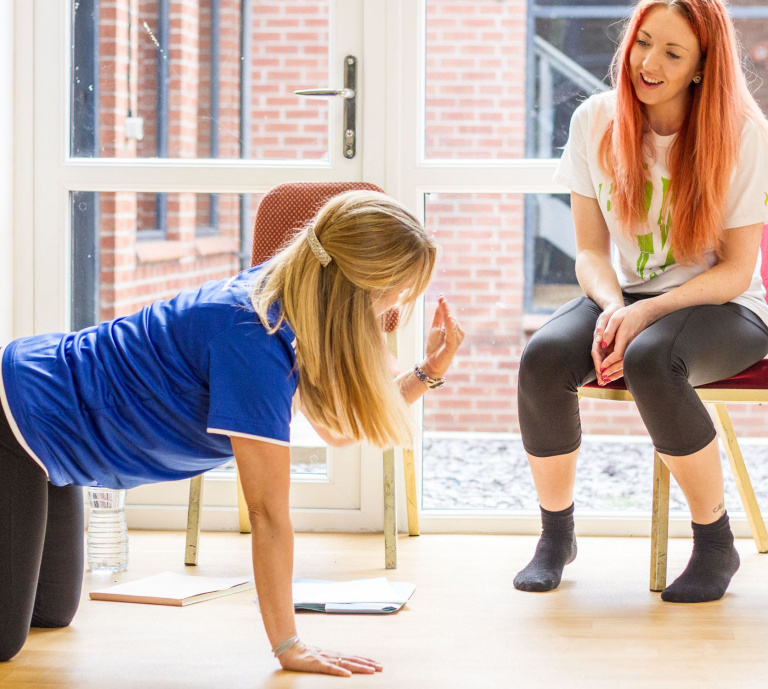
Listening is key for those with an Auditory Learning Style. If they hear it, it’s most likely they will remember it, so as well as conversation, materials such as lectures, podcasts, and recordings will be of great use.
Auditory learners aren’t afraid to ask for help and listen to someone in order to complete a task, while listening to music during their studies may also play to their strengths. Speaking of music, this is likely something they will find great enjoyment in, and they won’t feel the need to search up the lyrics to their favourite songs.
In addition to finding listening useful, this type of learner may also be confident in their own voice, meaning their communication abilities see them perform well in spoken exams or scenarios. They may enjoy an Exercise To Music class, or even one day become an instructor themselves!
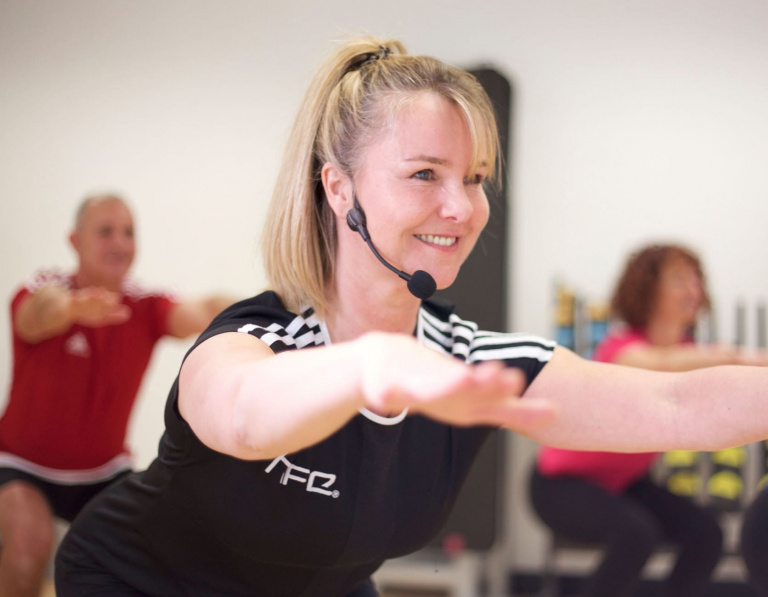
Kinaesthetic learners are doers. Performing an activity is much more memorable to them than words on a page, and those with this hands-on learning style prefer participation to observation – one of the most common examples would be a child learning how to ride a bike.
This style is also sometimes referred to as ‘tactile’, which again reaffirms the need to be connected by the sense of touch. They may find the practical elements to our courses easy to pick up, while using strategies such as flash cards, games or quizzes on more academic assessments.
Kinaesthetic learners may find they enjoy sports and physical activity, while a typical classroom environment will be quite boring to them. That’s unless it involves experimenting, which this type of learner tends to takes kindly to.
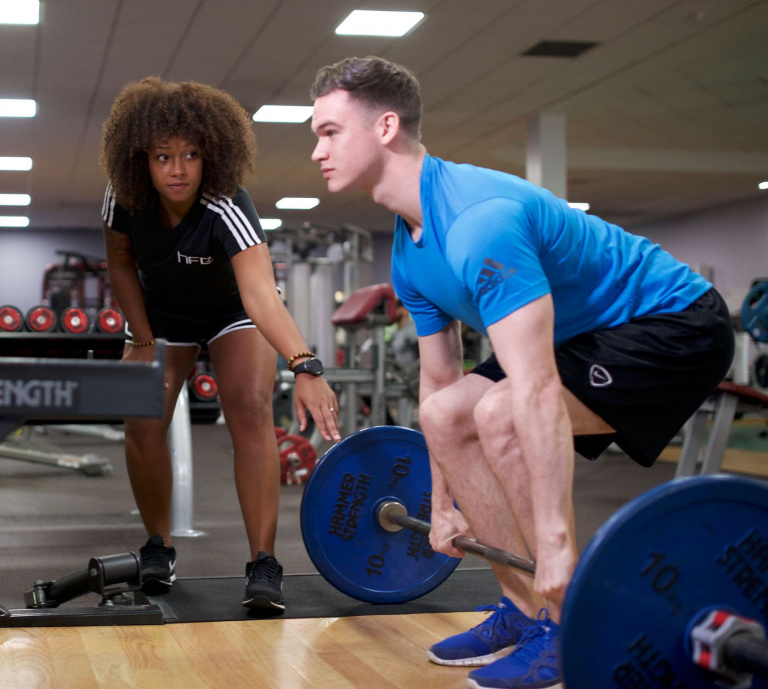
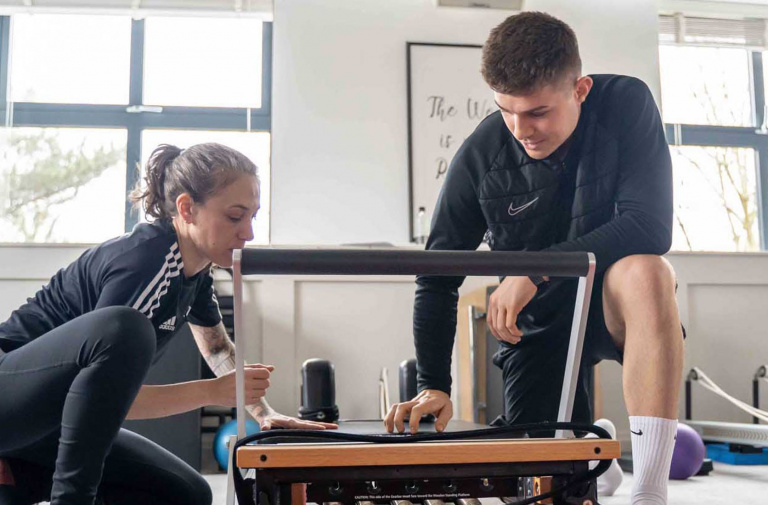
Knowing your learning style and putting it to use effectively can be a huge benefit to your studies, ultimately helping you to maximise your potential and become more.
You can gain a better understanding of which materials work the most favourably for you, and working to your strengths is always good practice in any walk of life – never mind just your studies!
At the same time, it can also be worth noting that people aren’t just restricted to one learning style – if you discover you work effectively across two or all three disciplines, you can balance out your methods accordingly.